SPECIALTY RAILROAD
Greater Winnipeg Water District Railway: 102-mile industrial line built to construct Winnipeg’s aqueduct, now vital for water supply maintenance and security
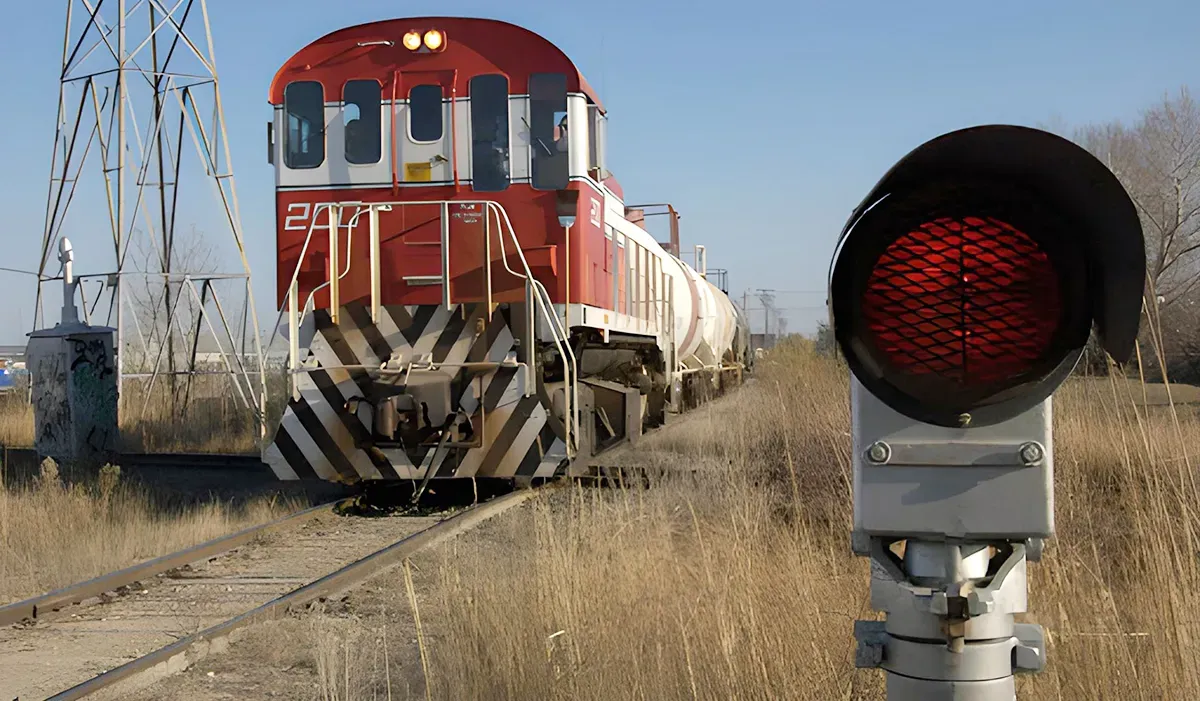

The Greater Winnipeg Water District Railway operates a 164-kilometre (102-mile) specialty rail line connecting Winnipeg, Manitoba to Waugh near Shoal Lake, primarily supporting the city’s water infrastructure. The railway’s network runs adjacent to the aqueduct and is used to transport workers, supplies, and materials for maintenance, with freight historically including timber, gravel, and chemicals..
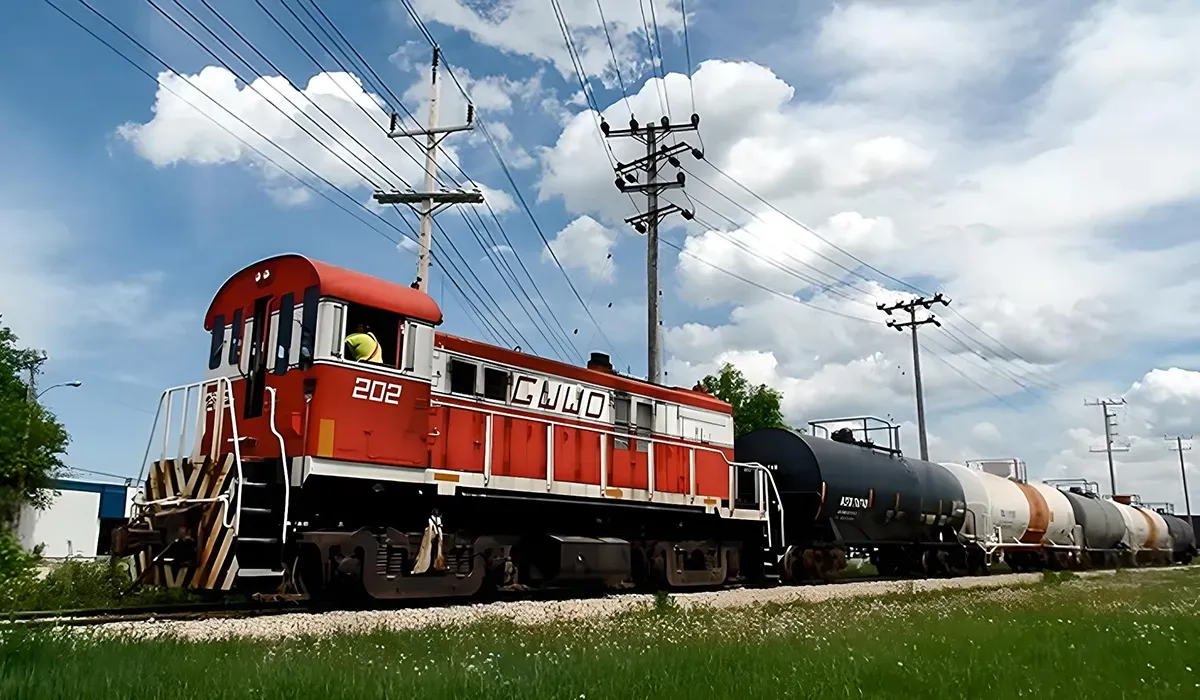
FOUNDING HISTORY & ORGANIZATIONAL STRUCTURE
Founded in 1913 by the Greater Winnipeg Water District, the railway was constructed between 1914 and 1916 to facilitate the building of the Shoal Lake aqueduct, which supplies Winnipeg’s drinking water. The railway was not merged with other railroads but was incorporated into the City of Winnipeg’s Water and Waste Department in 2013..
HEADQUARTERS & OPERATIONAL BASES
The headquarters is located in St. Boniface, Winnipeg, Manitoba, at the railway’s original shops off Plinguet Street.
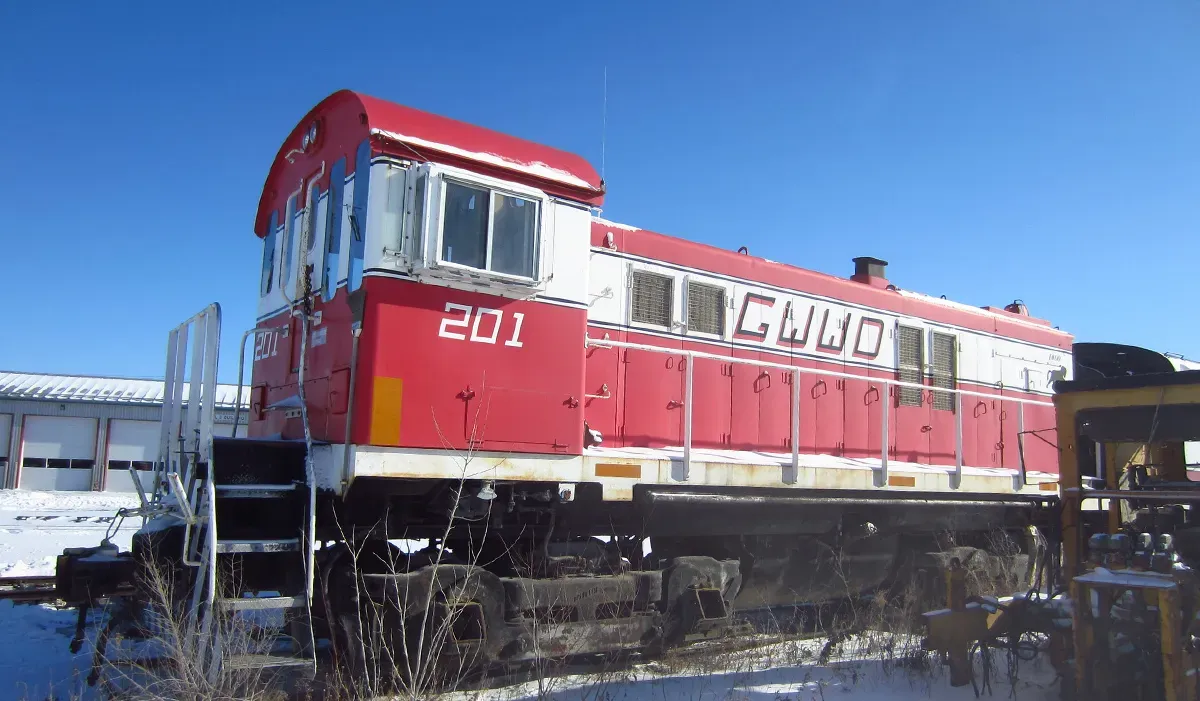
LEADERSHIP & EMPLOYEES
The executive team is led by the Director of Water and Waste for the City of Winnipeg, who oversees railway operations as part of the municipal department. Other key leaders include managers responsible for railway maintenance, logistics, and aqueduct security, each with backgrounds in municipal infrastructure and rail operations.
The railway employs approximately 20 to 30 people, with most being skilled craftspeople, maintenance workers, and service teams dedicated to track upkeep, rolling stock operation, and aqueduct support. The workforce is primarily operational, with a focus on technical and maintenance roles.
FACILITIES & OPERATIONS
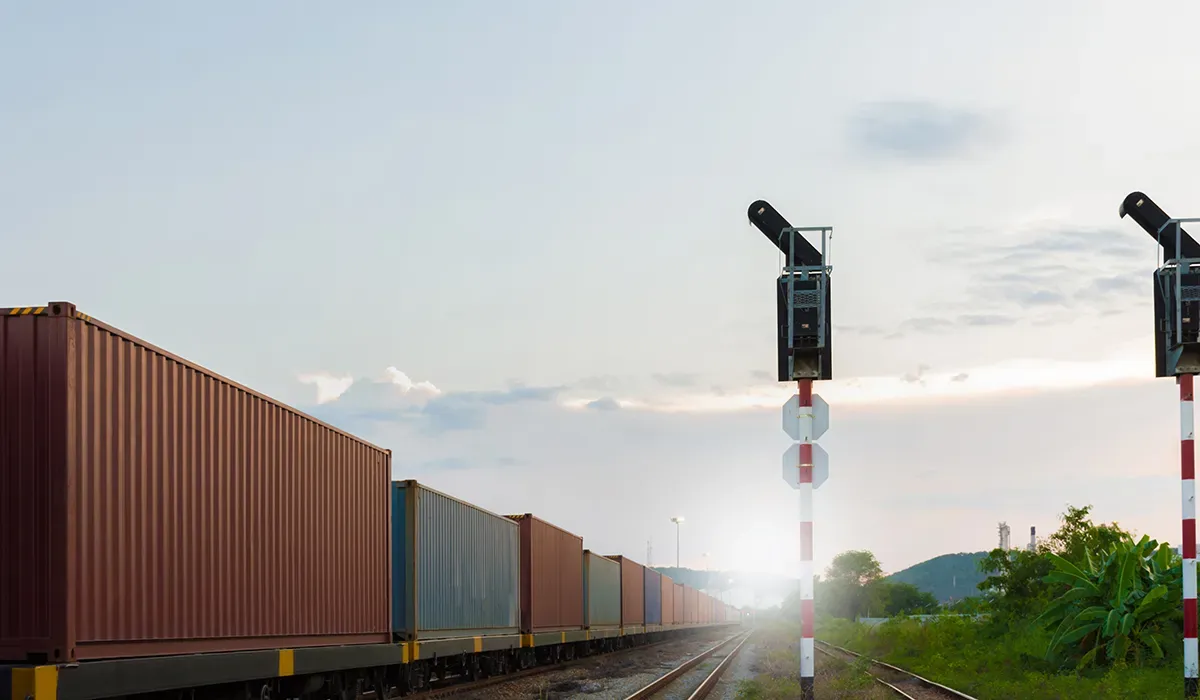
Major facilities include the St. Boniface shops in Winnipeg, the Deacon Corner water treatment plant, and the Shoal Lake intake station near Waugh, Manitoba. The railway also maintains sidings and storage areas along the route for equipment and materials.
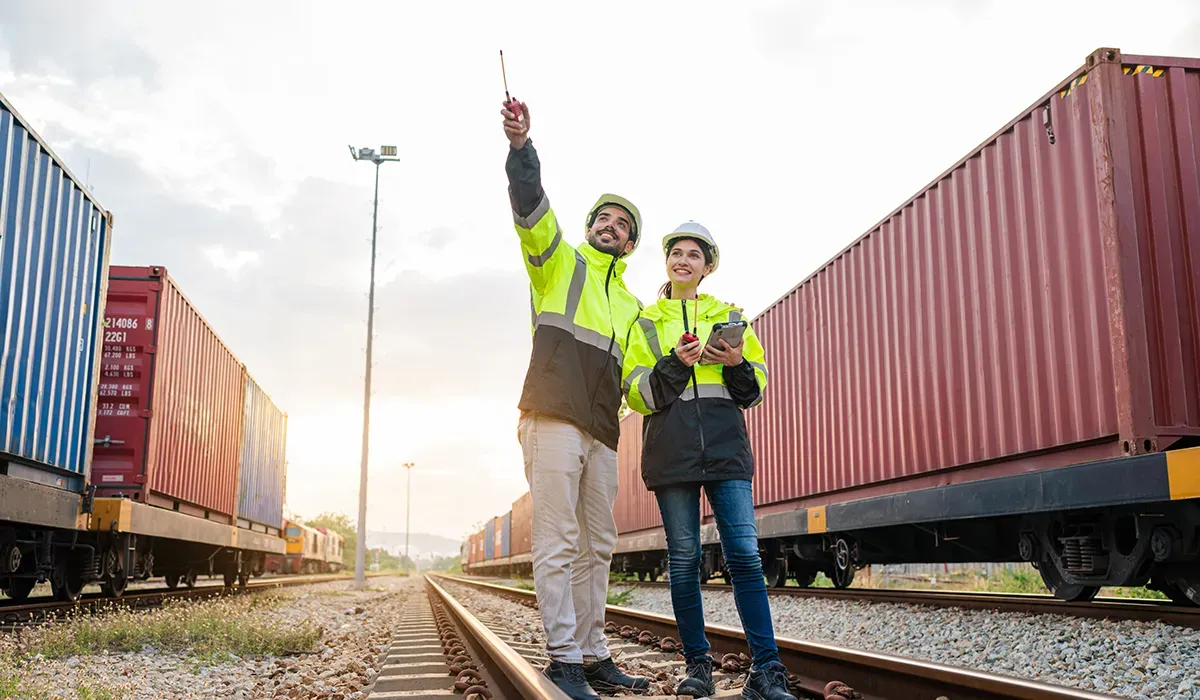
The Greater Winnipeg Water District Railway complies with Canadian rail safety regulations and municipal standards. It has received recognition for its role in supporting critical infrastructure and maintains environmental compliance as part of its water supply mission.
EQUIPMENT & INFRASTRUCTURE
The railway handles specialty freight cars, including leased tank cars for chemicals, flatcars for equipment, and boxcars for supplies. Intermodal containers are not a primary focus, as the railway’s operations are tailored to maintenance and municipal needs.
Technology platforms include basic dispatch systems and operational tracking for maintenance and supply runs. The railway does not operate advanced customer portals or APIs, as its services are internal to the City of Winnipeg.
The geographic scope covers the route from St. Boniface in Winnipeg to Waugh near Shoal Lake, spanning 164 kilometres entirely within Manitoba. The line runs parallel to the aqueduct and serves key water infrastructure sites.
Strategic partnerships include interchange agreements with Canadian National Railway for freight transfers. The railway previously connected with Canadian Pacific but that link has been discontinued.

FINANCIAL METRICS & STABILITY
Annual revenue and profitability figures are not publicly reported, as the railway operates as a municipal utility rather than a commercial enterprise. Its operating ratio is managed to ensure cost-effective support for Winnipeg’s water infrastructure.
Recent capital investments have focused on track upgrades, rolling stock maintenance, and facility improvements, with expenditures aligned to municipal budgets. No acquisitions have occurred, as the railway remains city-owned.
SERVICE PORTFOLIO

Greater Winnipeg Water District Railway offers logistics services tailored to municipal needs, including full and partial load shipments of chemicals, equipment, and maintenance materials. Additional services include secure transport of contaminated materials from water facilities and support for aqueduct repairs.

Digital offerings are limited, with operational tracking and internal scheduling systems supporting maintenance and supply runs. No public-facing customer portal or API integration is available.
INDUSTRY REPUTATION & NEWS
Recent developments include the integration of railway operations into the Water and Waste Department in 2013, enhanced security measures for aqueduct maintenance, and ongoing upgrades to rolling stock and track infrastructure.
The railway’s site certification program ensures readiness for water infrastructure projects and compliance with municipal standards, minimizing development risks and supporting efficient supply chain operations for the city.
ANALYSIS & FUTURE OUTLOOK